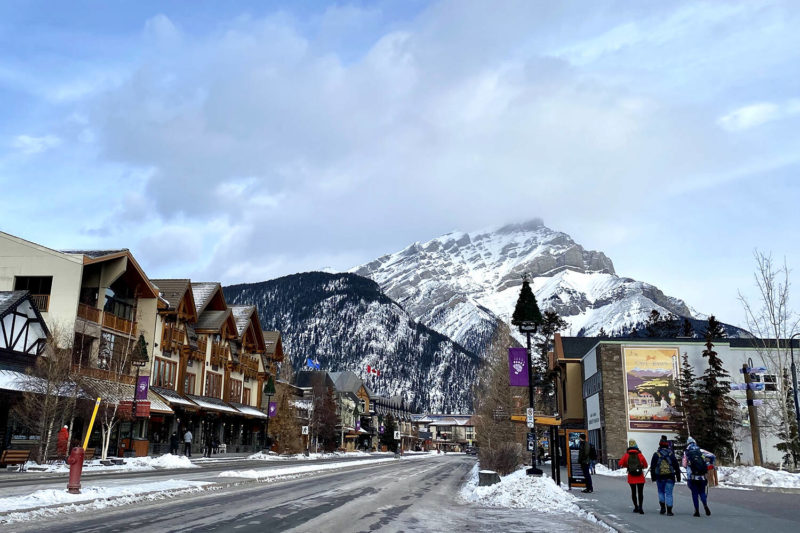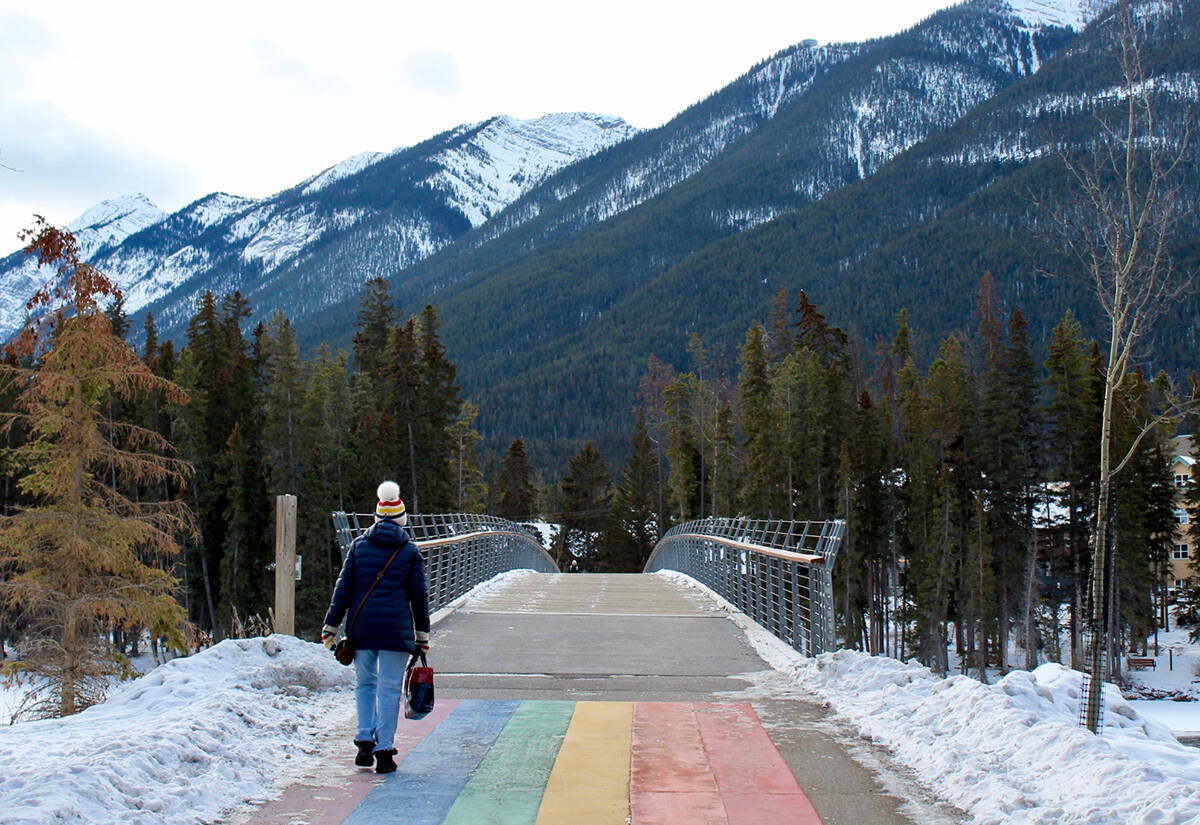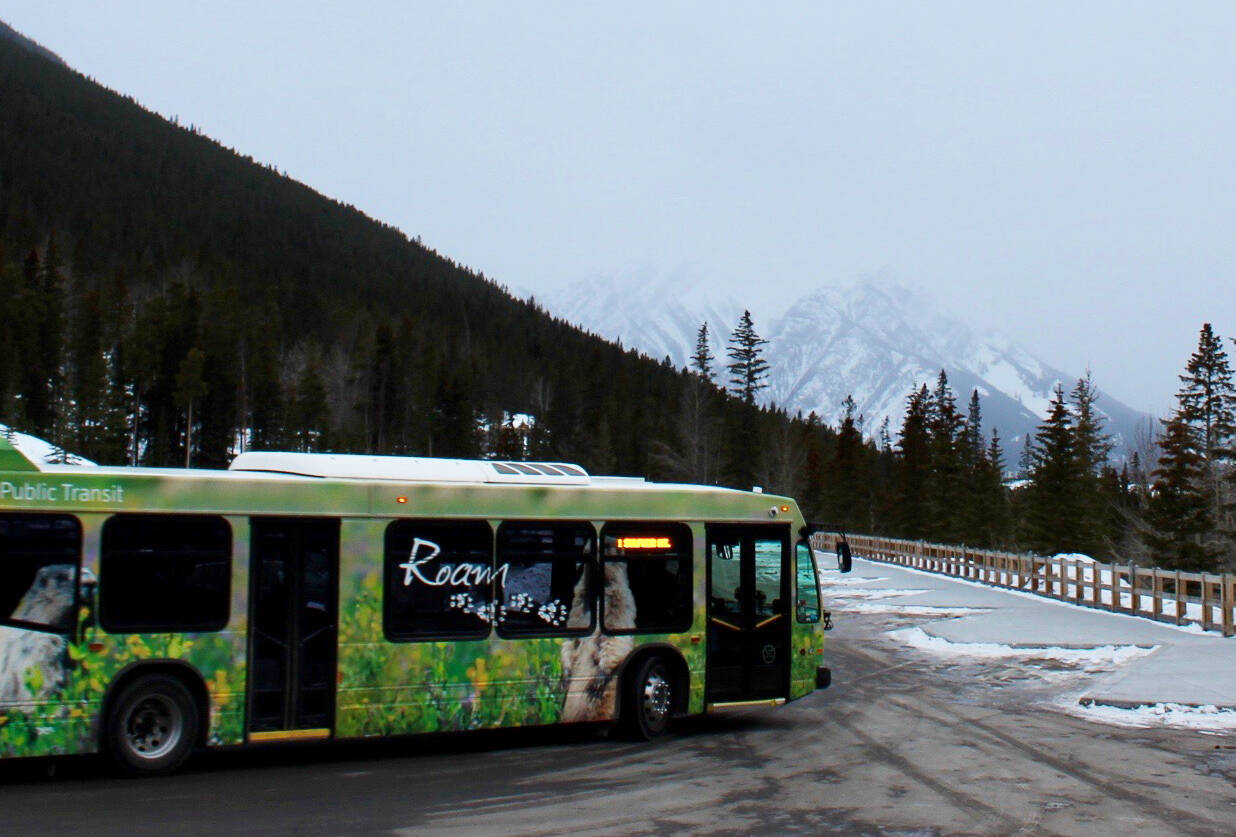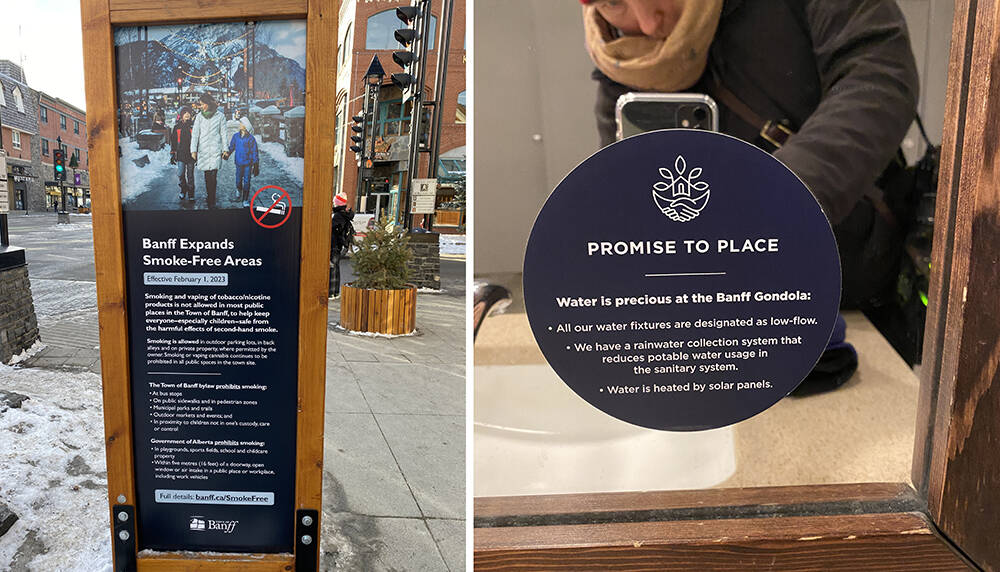In February 2022 I travelled to Powell River, a small B.C. town transitioning from resource extraction to a visitor economy. Through conversations with restaurant owners, hiking guides, film festival directors and other tourism operators, I learned that the question on everyone’s minds was how to become a strong travel destination without spoiling the natural and cultural wonders that make the place so special.
A year later I visited Banff, Alberta, which has been a tourist attraction and conservation leader for more than a century. It’s home to Canada’s first national park, established in 1885, and has been a visitor hotspot since the grand railway Banff Springs Hotel opened in 1888. Everywhere I walk, every tourism operator I talk to, it’s clear that Banff isn’t in transition — it’s a world leader in sustainable tourism.
The contrast between the two towns, Banff and Powell River, makes it easier to see how important tourism management is to any destination. It’s not enough to create an attractive location that people want to visit — as crowds grow, you also have to guide travellers so those attractions are preserved for future generations.
What is sustainable tourism?
Sustainable tourism isn’t simply putting the environment first. It’s an attempt to balance the needs of visitors, host communities, industry and the environment, acknowledging the positive and negative impacts tourism can have.
Visitors come from all around the world to see the pristine natural wonders in Banff. If they were allowed to wander without restriction, those pristine landscapes would soon be destroyed by vehicle tracks, litter, noise pollution and more. Even if every visitor behaved responsibly, the sheer volume of traffic would strain local resources and wildlife.
Sustainable tourism in Banff isn’t easy. From the outset, when ‘The Father of Canada’s National Parks’ James Harkin locked horns with ‘Mr. Banff’ Norman Luxton, it’s been a constant push and pull between various interest groups. Do you stop development to preserve forests and streams, or do you allow new apartments for front-line workers and new hotels for increased tax revenue? Banff doesn’t have all the answers, but after more than a century of trying, they have a greater understanding than most.
READ MORE: Report highlights fiscal burden of visitation on Banff, Canmore & Jasper
Preservation vs. playground: 7 ways Banff is working toward balance
- Need to reside: The lack of affordable housing is affecting many west coast communities, and it’s adding extra stress to the tourism industry — businesses may be able to find staff, but that staff can’t find a place to live. In Banff, accommodation is expensive and difficult to find, plus the entire town is within a National Park where development is severely restricted. The town’s “need to reside” policy addresses this: basically, you need to work here in order to live here. That’s an extra layer of bureaucracy that impedes development and the real estate economy, but it also means that the town can stay small, with enough accommodation for its workforce.
- Going car-free: Earlier this year, Parks Canada announced that it will be restricting personal vehicle traffic to Moraine Lake, one of the park’s most popular tourist destinations. That certainly makes travel more difficult for some, but Banff also offers an incredibly convenient, affordable public transit system that makes it easy to explore the sites car-free. Roam Transit connects downtown Banff with popular attractions including the Banff Gondola, Banff Hotsprings, Lake Minnewanka, Moraine Lake and even Lake Louise. Local routes are free for Banff residents and just $2 for visitors.
- Wildlife crossings: To reduce wildlife collisions, Parks Canada erected a 180-kilometre-long fence along both sides of the main highway through Banff National Park. They also built wildlife overpasses and underpasses, so animals could safely migrate from one side of the highway to the other. The overpasses are visually stunning — imagine a bridge of concrete draped in grasses, shrubs and trees — and despite some early skepticism, animals actually use them.
- Sound and light restrictions: When Banff Gondola, Moment Factory and the Stoney Nakoda Nation wanted to create a nighttime attraction at the top of Sulphur Mountain, they had to give special consideration to the migratory patterns of birds. That’s because Parks Canada has strict sound and light restrictions within the park to preserve the tranquility of night for both wildlife and visitors. It takes extra effort for the entertainment industry to reduce decibel levels and shade light shows so birds can still find their way by starlight, but Banff is trying to strike the right balance.
- Smoking and vaping: Here’s a new one. Starting Feb. 1, 2023, smoking and vaping is largely banned in the downtown core of Banff. Parks, trails, bus stops and sidewalks are now smoke-free, leaving only private property, parking lots and alleyways for those who want to puff. For a town known for fresh mountain air and active lifestyles, eliminating second-hand smoke makes a lot of sense, and it’s hoped the bylaw will also reduce litter and human-lit wildfires. But will it douse spirits, as well as cigarettes? It will be interesting to see how tourists react to the rule during summer’s high season.
- Waste management: Tourists create a lot of garbage — from snacking and drinking water to maintaining hygiene. Waste management isn’t sexy, but it’s an excellent marker of sustainable tourism management. If you want people to behave a certain way, signs, fences and other infrastructure are key. Walk around Banff village and you’ll notice wildlife-proof bins for garbage, compost and recycling, plus six water bottle filling stations. When you make waste management easy, more people will comply.
- Cross-cultural partnerships: The creation of Banff National Park initially restricted the Stoney Nakoda’s access to their traditional territory, hunting and gathering grounds, but a new relationship began just a few years later. The first annual Banff Indian Days (ca. 1899-1970) was far from a fair partnership, but the annual tourist event did solidify the Stoney Nakoda’s place in local tourism. More recently, partnerships like Nightrise and Indigenous tour operators like Buffalo Stone Woman offer more authentic and equitable Indigenous tourism. Banff also has a long history as an international mosaic, from the Italian and Chinese immigrants who helped build the railway, to European mountaineers who conducted early surveys and guiding trips, to today’s working travellers from Australia, Czechia and other corners of the world. ‘Authentic’ Banff culture continues to evolve, but tourism has been at its heart for a long time.
Plan your adventures throughout the West Coast at westcoasttraveller.com and follow us on Facebook and Instagram @thewestcoasttraveller. And for the top West Coast Travel stories of the week delivered right to your inbox, sign up for our weekly Armchair Traveller newsletter!














 Going deep: exploring the waters off Vancouver Island with winter diving
Going deep: exploring the waters off Vancouver Island with winter diving